
Gwendoline Christie wants to make it clear that this is her on-the-road reading list. At home, the vociferous reader and her partner, designer Giles Deacon, are surrounded by stacks and shelves of tomes. “There are collections of books for work, for current projects, for future projects, for personal projects, for personal satisfaction, books to help me sleep, books to keep me going, books to read on planes—but I mean, it’s ridiculous,” she says.
When traveling from her home in London, as she is to Los Angeles when we speak, she carries at least five books with her. Christie touched down on the West Coast ahead of the Emmys, where she received an Outstanding Guest Actress nomination for her work in Severance, and she’s also fresh off the heels of promoting the second season of Wednesday, in which her witchy headmistress role has drawn similar fervor.
Without her library around her, Christie is left to rely on her internal store of works—one that proves to be impressively expansive. She speaks about Ottessa Moshfegh and Virginia Woolf with equal passion, down to the vivid heat and bustle of Mrs. Dalloway’s kitchen. “My great mentor Simon Callow, when I was his librarian [as] a student at Drama Centre London, would say, ‘Each book is like a child to me,’” Christie recalls. “I feel the same way about mine. They’re sacred objects.”
Here, the actor plumbs through her memory for the works that have altered her irrevocably, informed her roles, and brought a smile to her face. Just don’t hold her to these few recommendations—she’s got plenty more.
How do you find your next read?
I do read reviews, but actually what I love most—and what I think is most important—is going into bookshops. I truly love independent bookshops. No matter where I end up in the world, I try to seek one out. I went upstate New York to the Catskills to make a tiny film, and while walking around the town there I found this tiny, beautiful bookshop. In [the Magpie Bookshop], I bought a book on art monsters.
You get an entirely different view of the world than the one you already know. I don’t like to stay too firmly within my own locked-in vision or narrow set of interests. I really love McNally Jackson in New York, and I adore the Strand. In London, the London Review of Books bookshop will always expand my immediate frame of reference. [Sherlock & Pages] in Frome, Somerset has the most beautifully curated list of more landscape- and folk-horror–oriented material.
Are there any literary characters you have in the back of your mind that you’d like to play?
I recently did a reading on Radio 4. I read excerpts from Mrs. Dalloway by Virginia Woolf. I had read Mrs. Dalloway when I was about 14 years old. I found the book hard, and I found it fascinating, and its lyricism stayed with me throughout my life. I truly love Virginia Woolf. But I revisited Mrs. Dalloway again fairly recently, and I was really struck by the genius of that work.
I can only imagine what it must have been like when it was written—the idea that, at that time, women were so marginalized, they didn’t have a voice. But the exploration of the human interior world, and the sensitivity and detail of each moment, it’s almost excruciating, the sharpness with which one’s senses perceive the world moment to moment. Also, [it’s] a woman who is married, who’s at a certain stage of her life, reflecting on all that’s gone before: lost loves, lost loves coming back into one’s life, and the shattering heartbreak in that moment.
Also, I really love the perspective of the staff, of them talking about the arrival of the Prime Minister. Due to the huge volume of what they’re being expected to do, and the very clear feeling of the heat of the kitchen—the burn of the intense heat and the endless tasks required—it’s just another person to deal with on top of the overextension and unreasonable demands already being placed upon them. It feels that the staff are given a voice, and it isn’t patronizing. It’s a perspective. I like that she moves from the superficiality of society into the profound emptiness of it.
Is there someone who doesn’t have a biography yet that you would love to read?
One of them is Jason Williamson from the band Sleaford Mods. As a musician, he does things that feel incredibly new. It feels like his work is influenced by Dadaism and Absurdism. It’s also, of course, very punk and postmodern. But it is also hilarious, which is something I appreciate in work: to take the work very seriously, but oneself not seriously. I’d also love to read a biography of Maggie Hambling, the artist. I adore her work. And Ryan Coogler, because I loved Sinners. He’s truly brilliant.
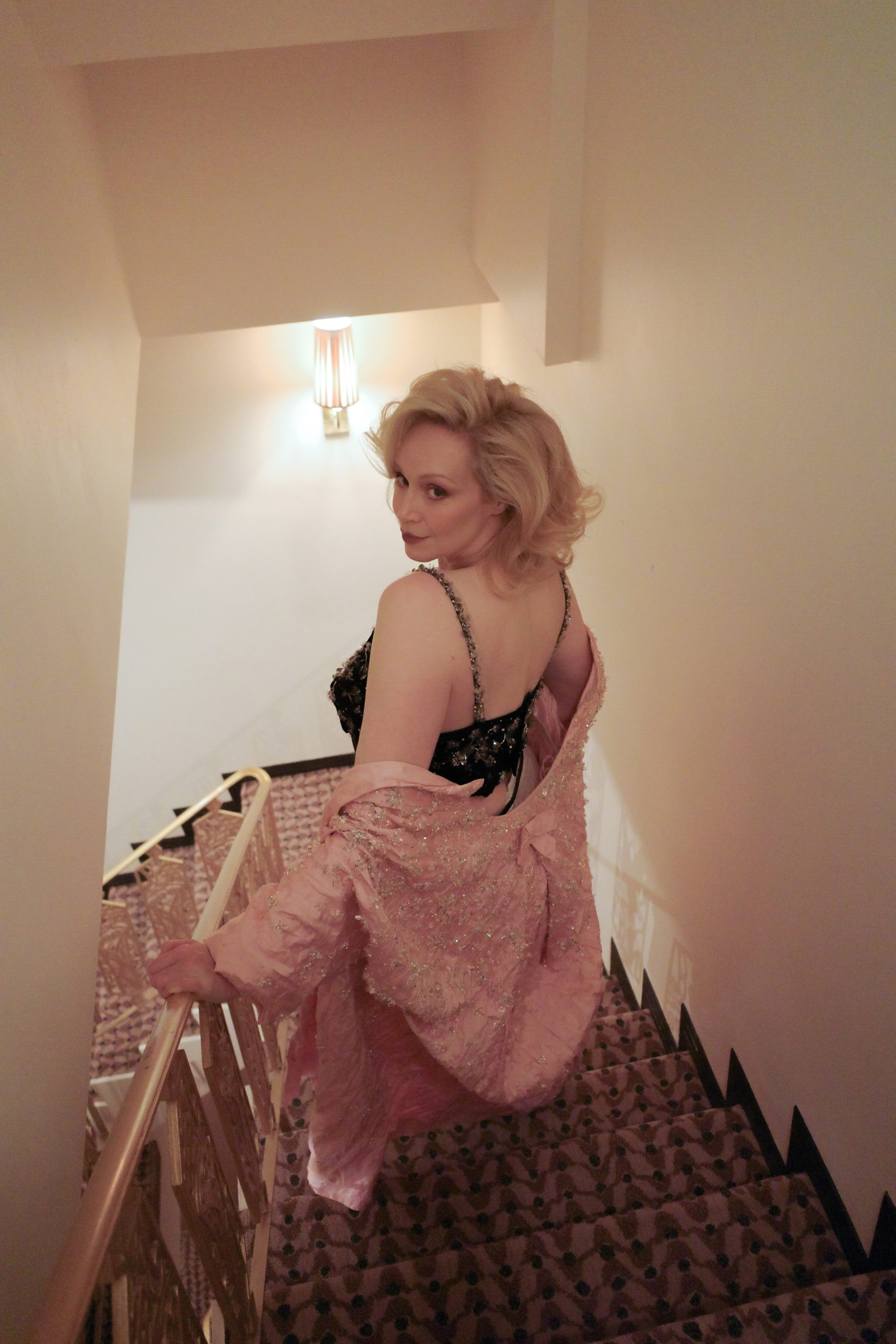
Is there a book someone should read if they really want to get to know you?
A fistful of blank pages. A hotel notepad—it pretty much sums me up. I hate having to define myself, because I don’t really know what that is. But definitely, there’s a beautiful book about Francesca Woodman by Chris Townsend. I remember when I was 16 years old, I went to the Photographer’s Gallery in London on a sort of illegal solo trip specifically to see this work. There is such a romanticism and loneliness in the work, a real surreal quality, and a maturity beyond her years. It’s magnificent. Probably more accurately, something like I Capture the Castle by Dodie Smith. Probably also Cold Comfort Farm by Stella Gibbons. A lot of people have asked me if I’ve read that book throughout my life, and when I did read it, I understood why. Or The Diaries of Anaïs Nin.
But the book that I might suggest is Eileen by Ottessa Moshfegh, because she is one of my favorite writers of all time. The way in which she writes about the personal disgust of the human body is extraordinary. It’s very Hitchcock-like. I love the tale of female obsession. I love the description of the town and its wintry setting. I love the description of bars and the desperation of it all. But the way in which she writes about fascination with the female body is unlike anything else I’ve ever read, and it continues to captivate me. I know that it has been made into a film, but I always wanted to be in that film. The second I read the book, I wanted to do it. So maybe it’s time for an all-too-soon remake where I play all the characters.
Is there a book you always turn to when you’re craving inspiration?
One of the most beautiful books I was ever given was The Book of Dreams by [Federico] Fellini. It is a recreation of Fellini’s notebooks, where he would wake up and, immediately on leaving the dream state, draw his dreams and nightmares and write notes about them. The drawings are grotesque and fabulous and the book is enormous. I carried it through my student days, when I was living in lots of different places, and it always had to come with me.
Of course, Catching the Big Fish by David Lynch, where he describes the meditative state that can give birth to creativity. It was Paris in 2007, and I was doing a production of Cymbeline on a very jazzy world tour. My friend and I saw that David Lynch was having an exhibition somewhere outside of Paris, so we traveled by train. We had absolutely no money, but we went, and we saw his exhibition of drawings and photographs. We scraped all our money together to buy Catching the Big Fish, but also the exhibition book of drawings, because David Lynch’s work has been very important to me throughout my entire life. I saw his films very early on.
We both commented on it recently: “Do you remember how we went without food for two days?” When other people were going out for dinner, we would drop by and eat the bread and butter, and just sort of eat other people’s food in order to afford those books. But that shows the significance of books in our lives.
Gwendoline Christie’s On-the-Road Reading List:
The Book of Revelations by Juliet Nicolson, 2025
“It’s about women and their secrets. She is also the great-granddaughter of Vita Sackville-West, and she is a brilliant writer.”
(Pre-Order on Amazon)
Is a River Alive? by Robert Macfarlane, 2013
“A glorious book. It’s an emotional history of landscape and the sources of rivers, which are both a great mystery and a lifegiver. As always, he writes with gentle insight and great sensitivity, with delicacy, and he moves from the sacred to the profound.”
(Amazon, Barnes & Noble)
The Captive Mind by Czeslaw Milosz, 1990
“It’s an incredible book, which I’ve just started and can’t put down. It’s about the power of tyranny and the idea of enslaving men and women through ideas—always important.”
(Amazon, Barnes & Noble)
Conquest of the Useless by Werner Herzog, 2024
“A truly hilarious book. I love anything by Werner Herzog, I truly do. This is the diary of Fitzcarraldo, and I’ve been obsessed since drama school with the relationship between him and Klaus Kinski. The documentary My Best Fiend is one of my favorite things.”
(Amazon, Barnes & Noble)
Tinker Tailor Soldier Spy by John le Carré, 1974
“Always, John le Carré. I’m a huge, huge John le Carré fan. So I would say the classic Tinker Tailor Soldier Spy. It’s one of my favorite books in the world, and it is one of my dreams to play a female Smiley.”
(Amazon, Barnes & Noble)
All books featured on CULTURED are independently selected by our editors, contributors, and interview subjects. We may earn affiliate revenue when you buy something.


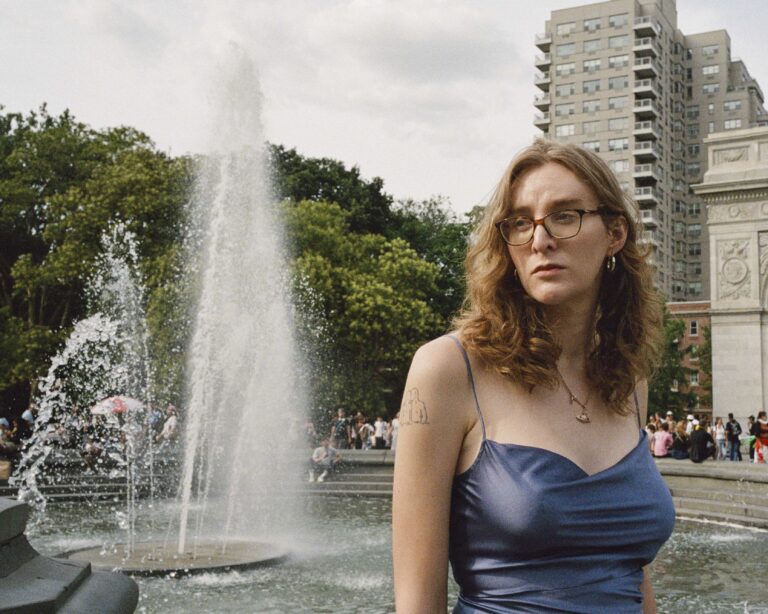
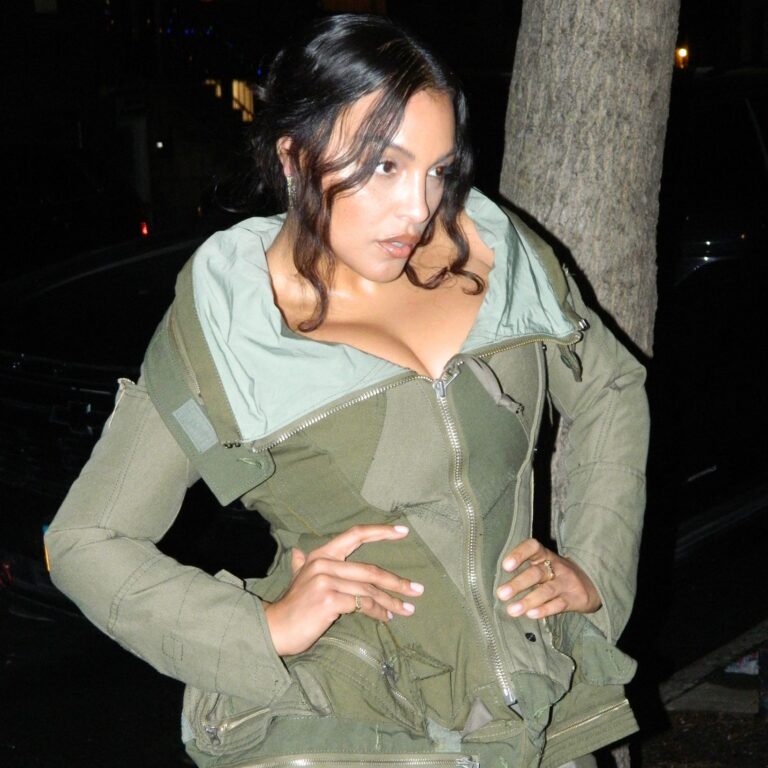
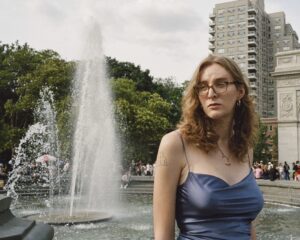
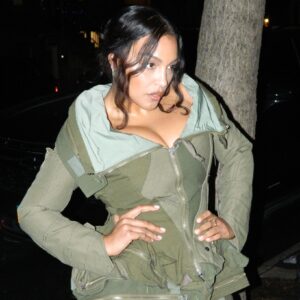



 in your life?
in your life?

